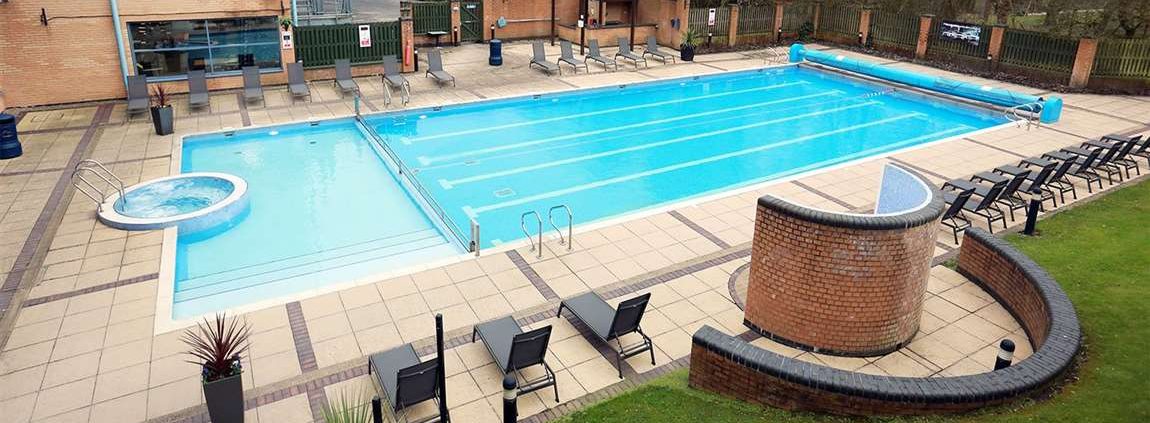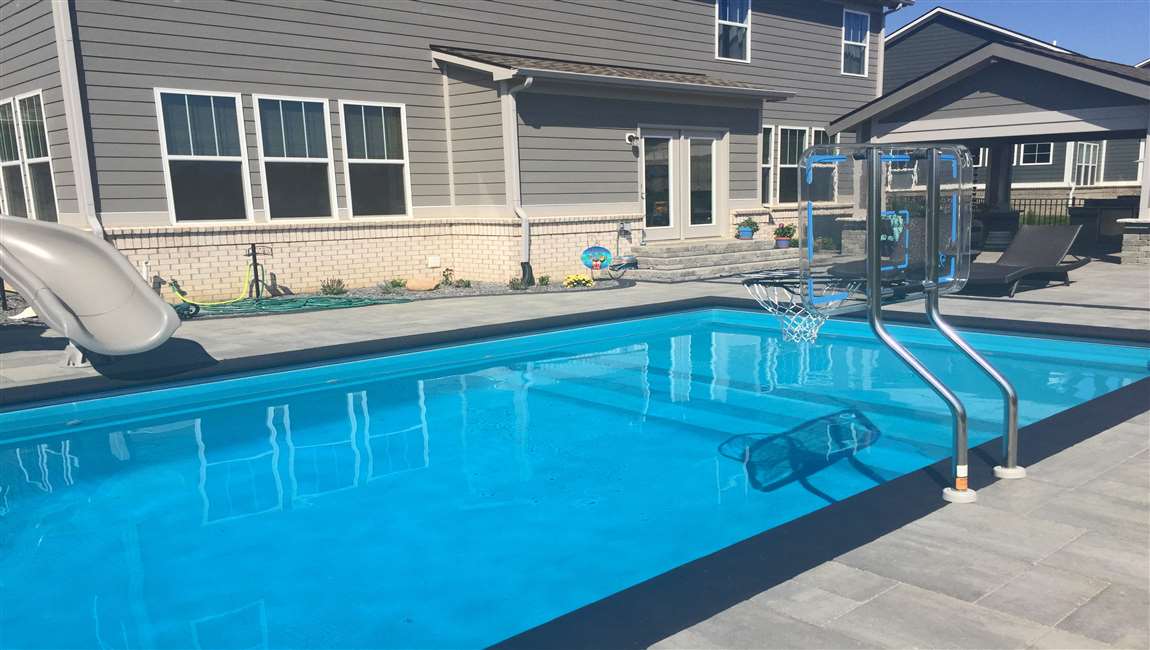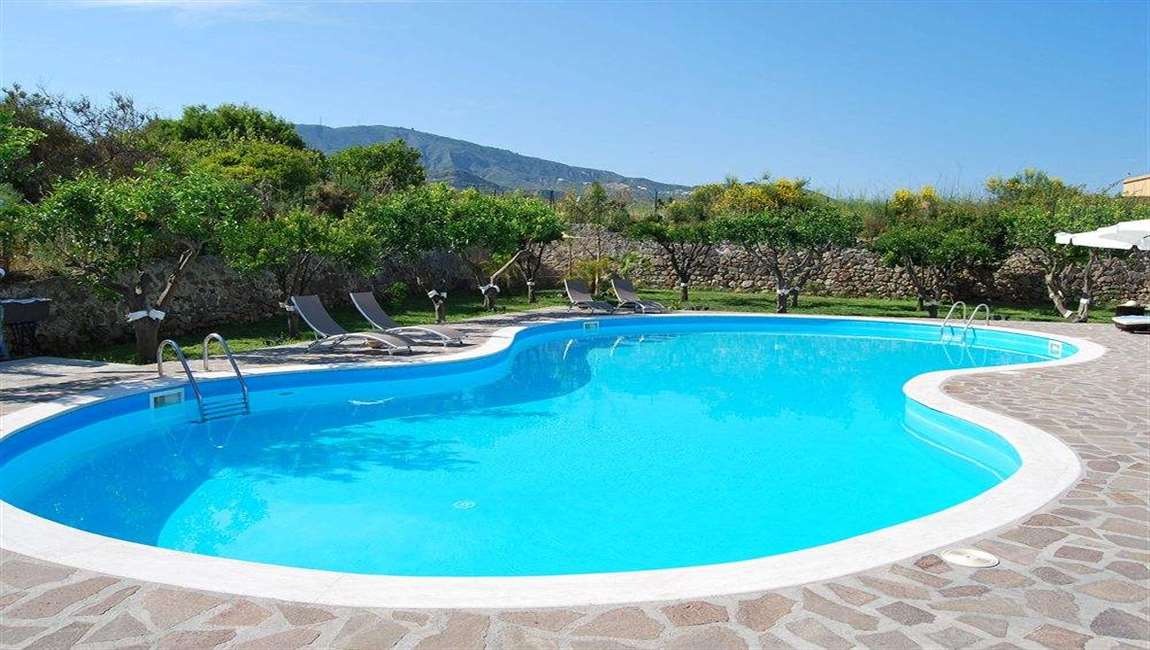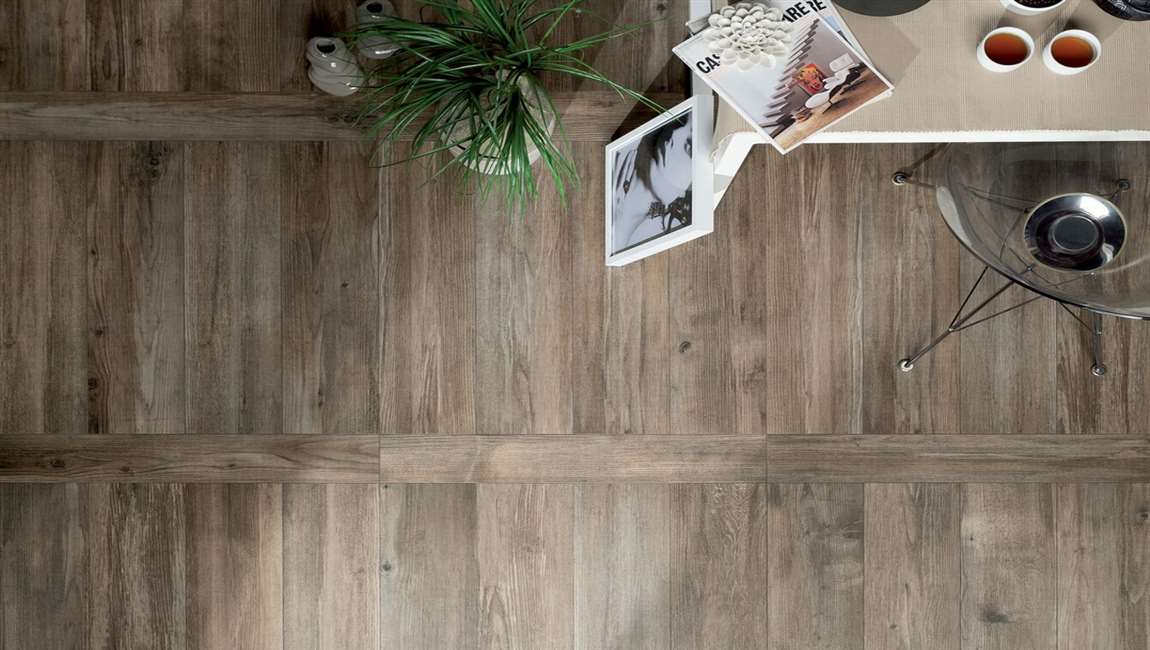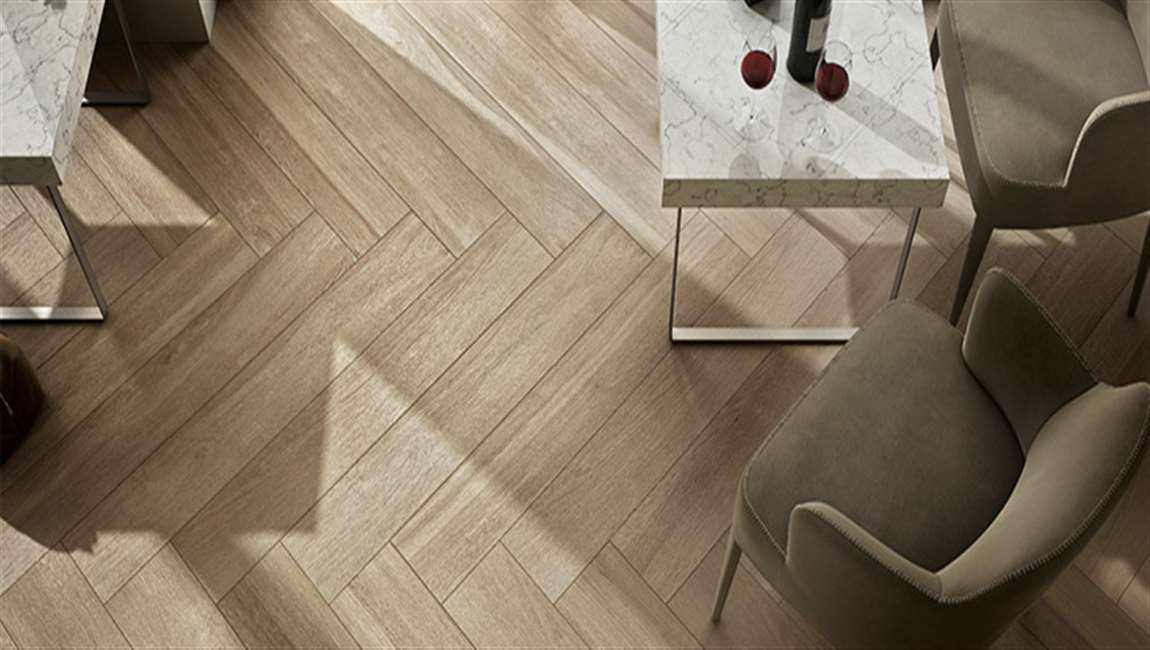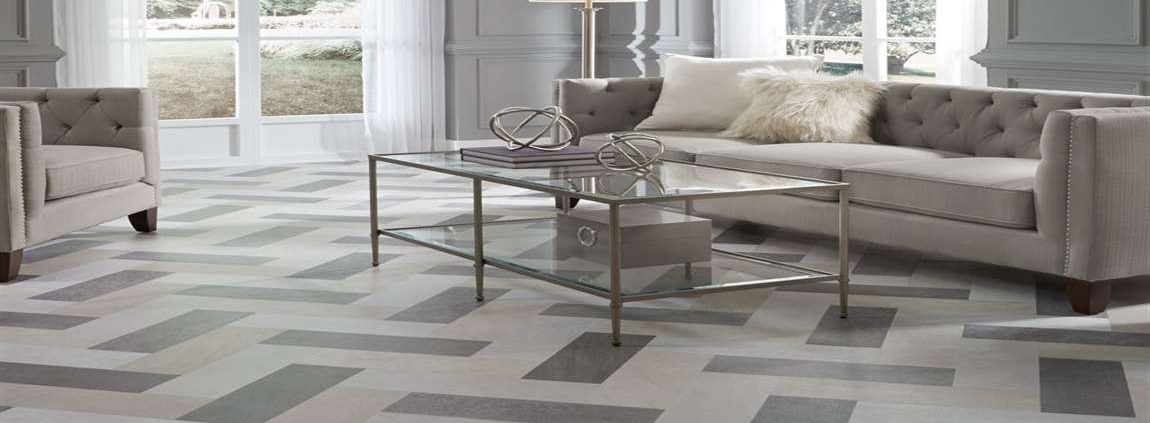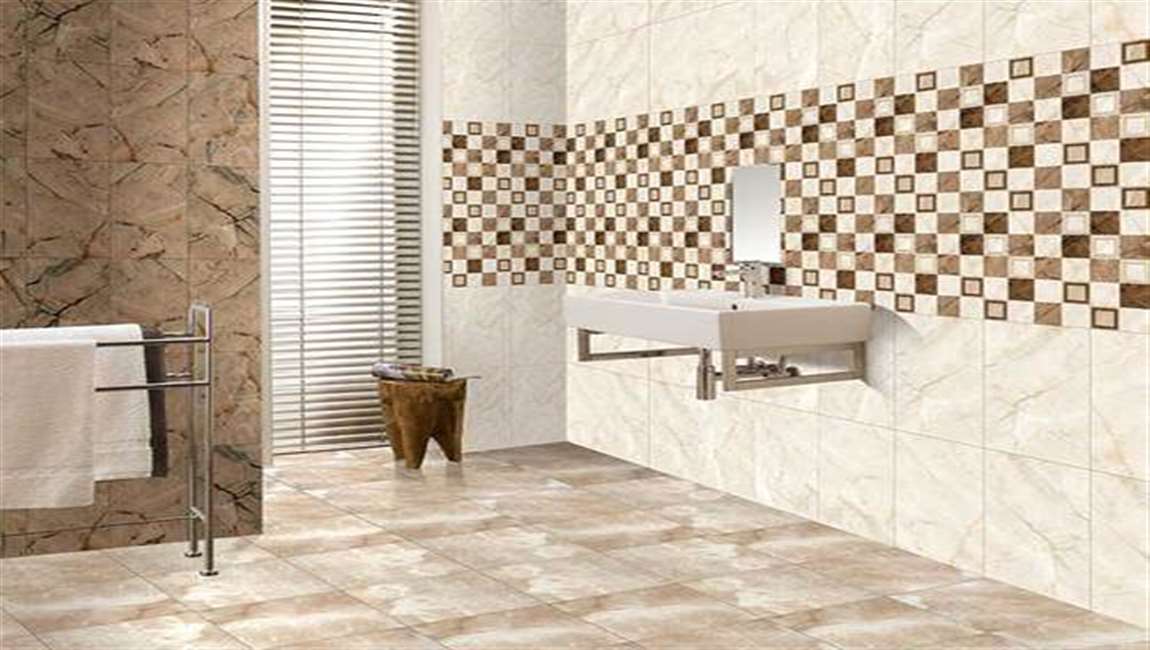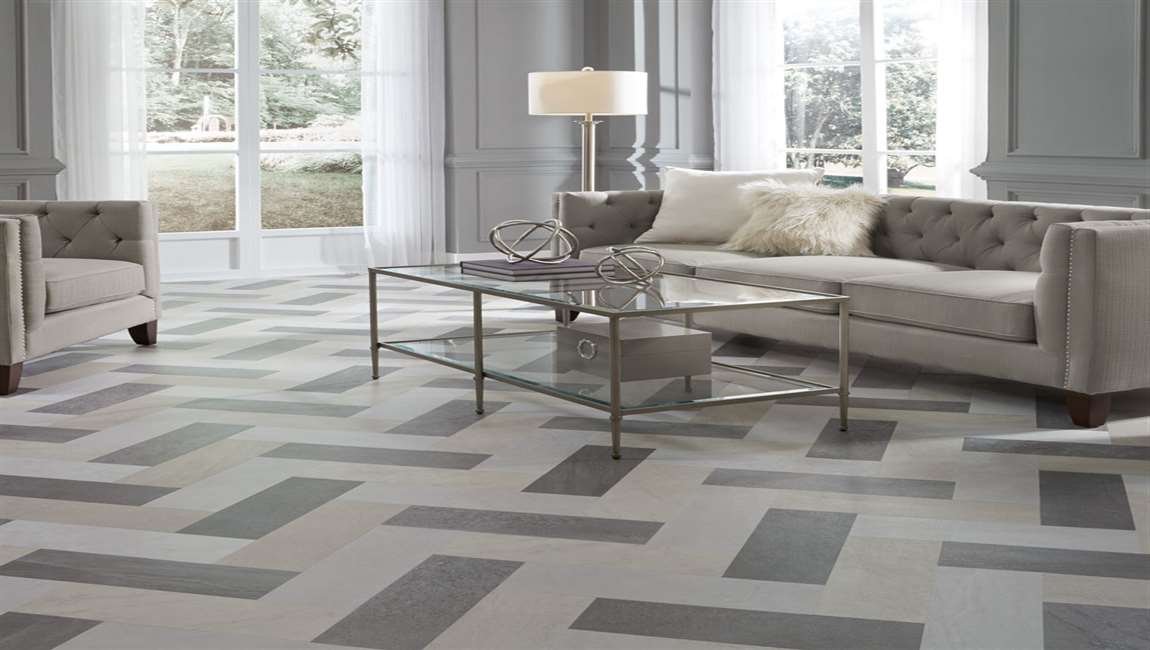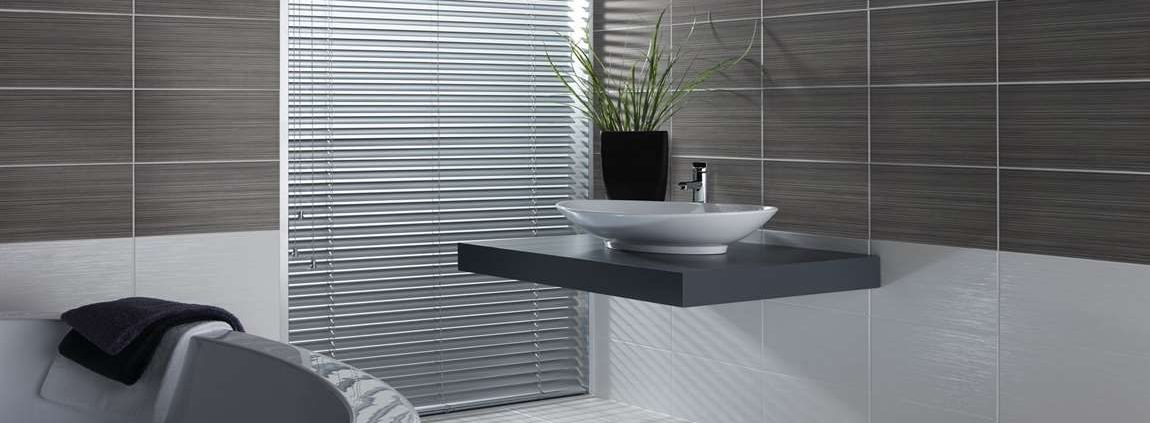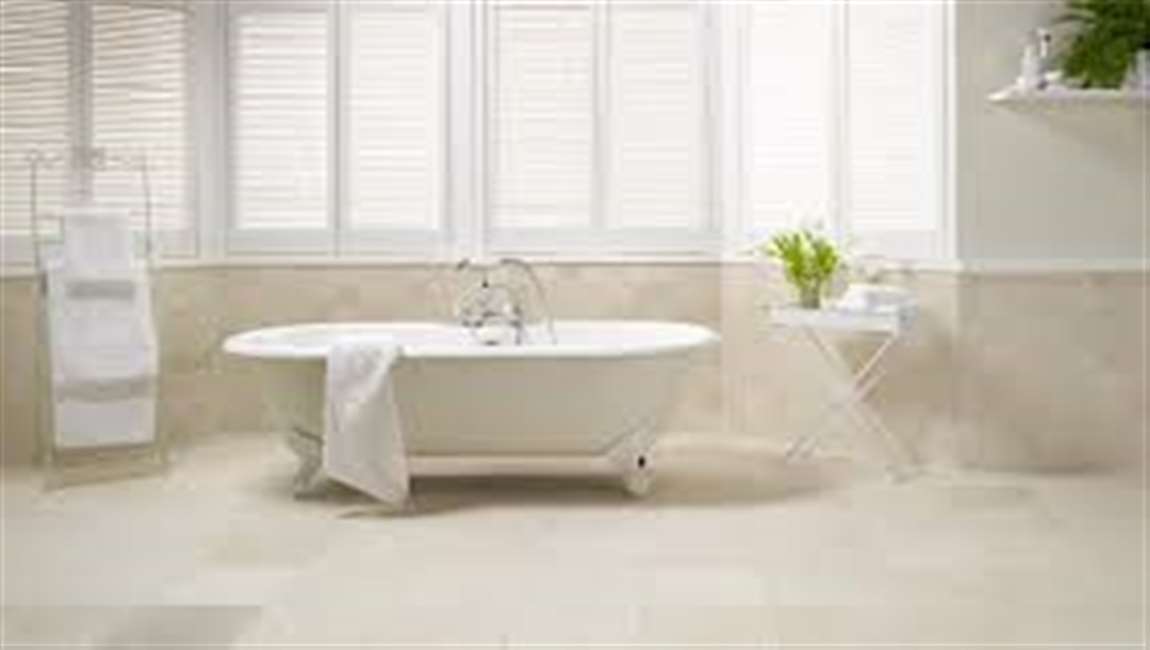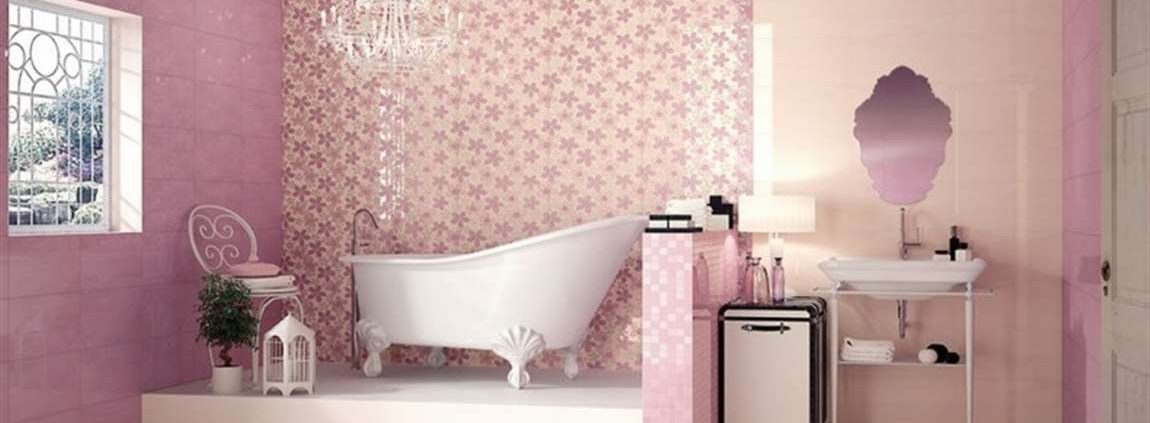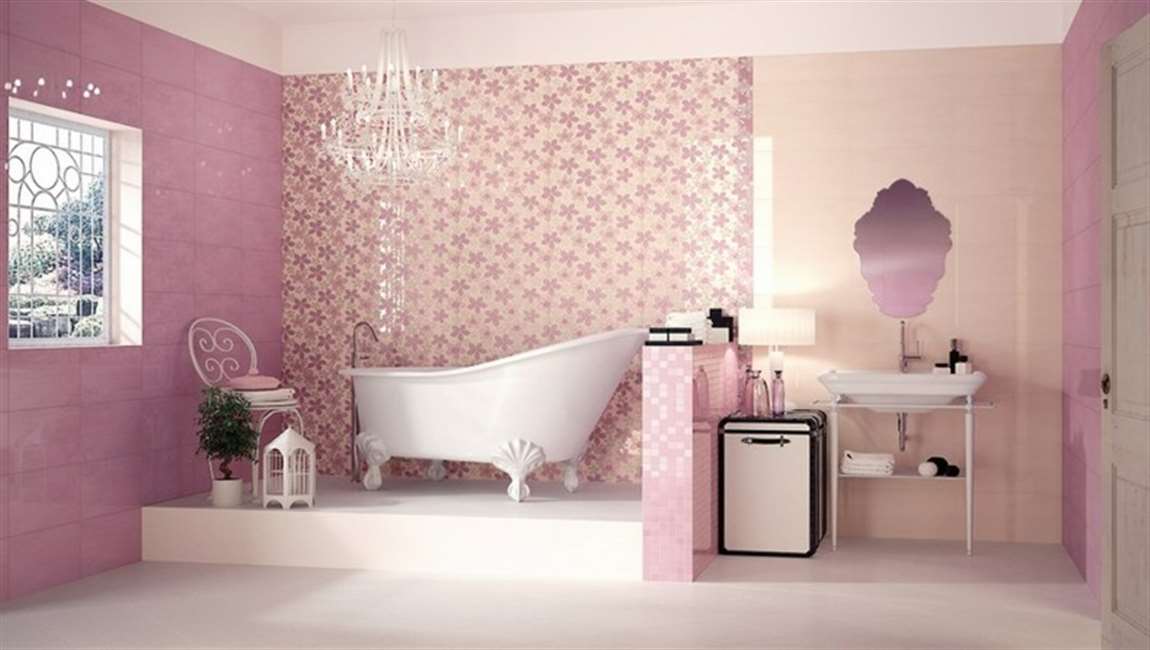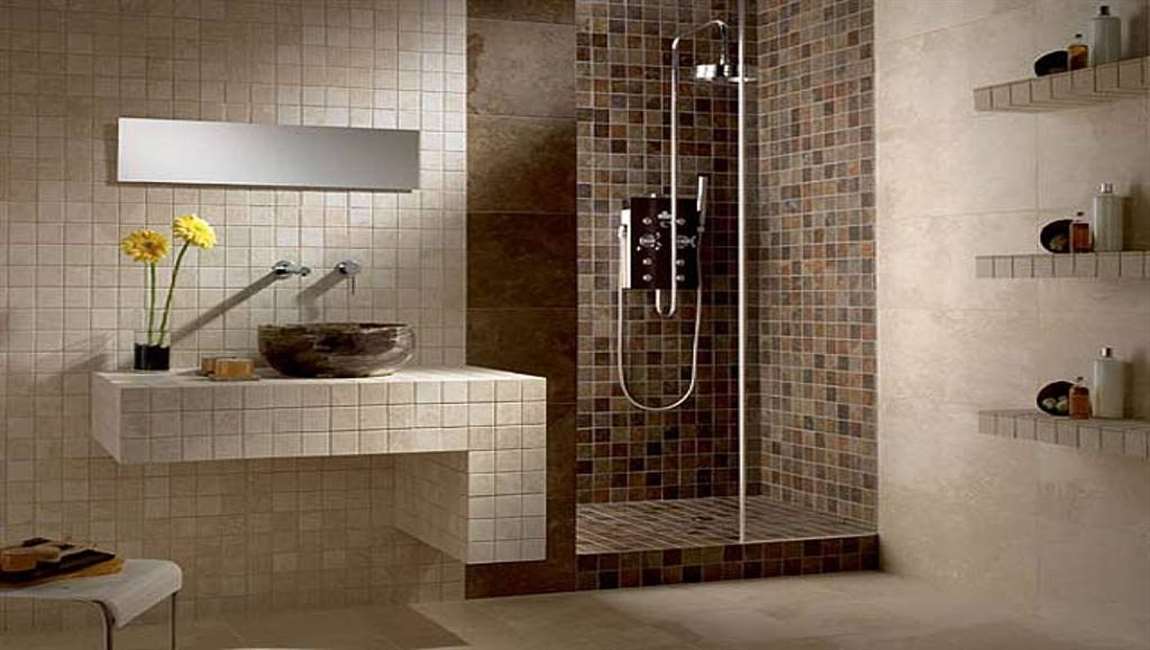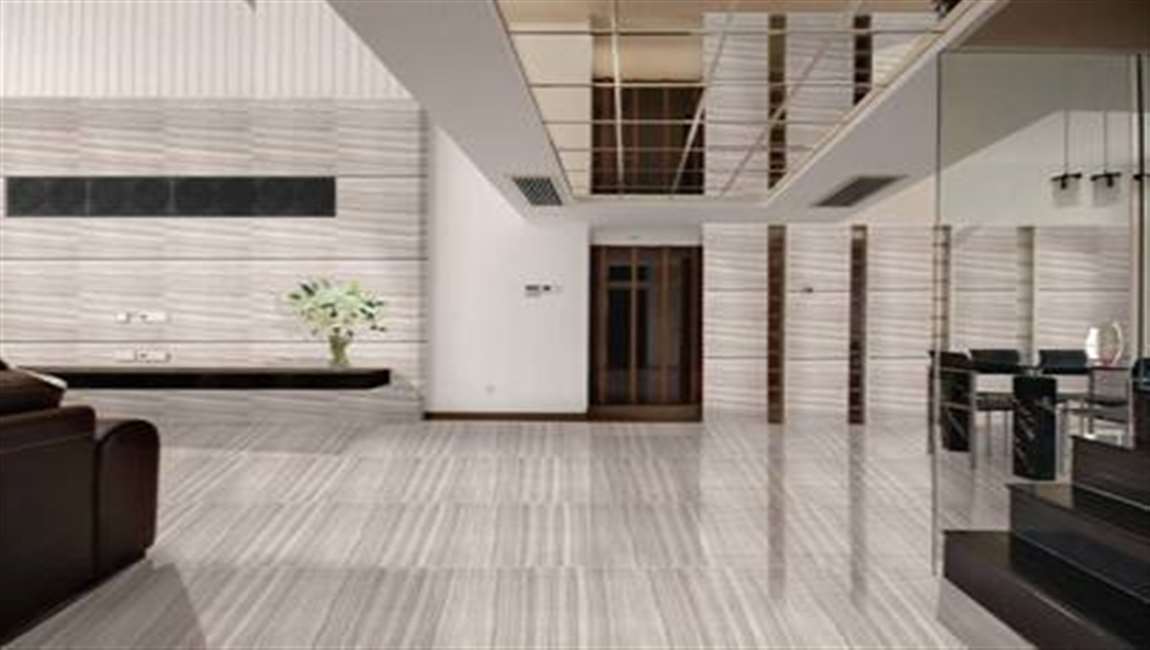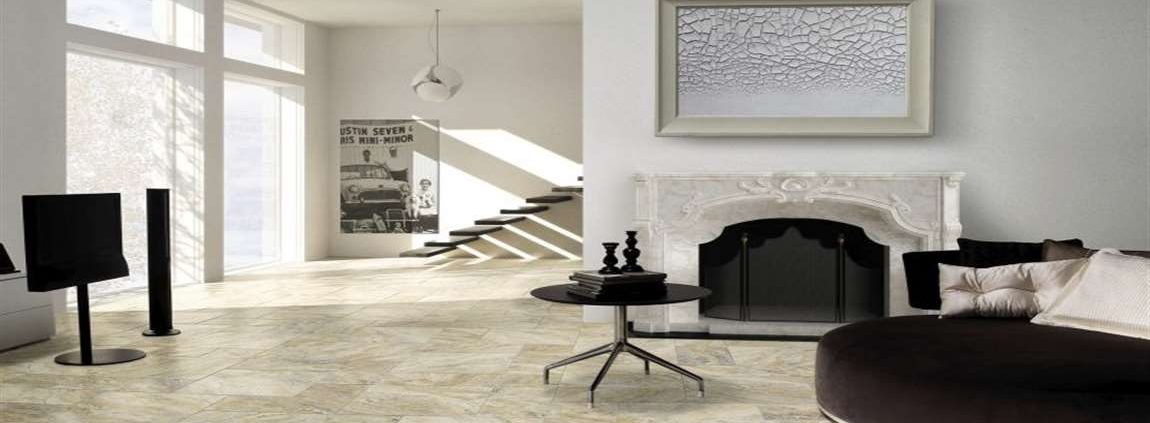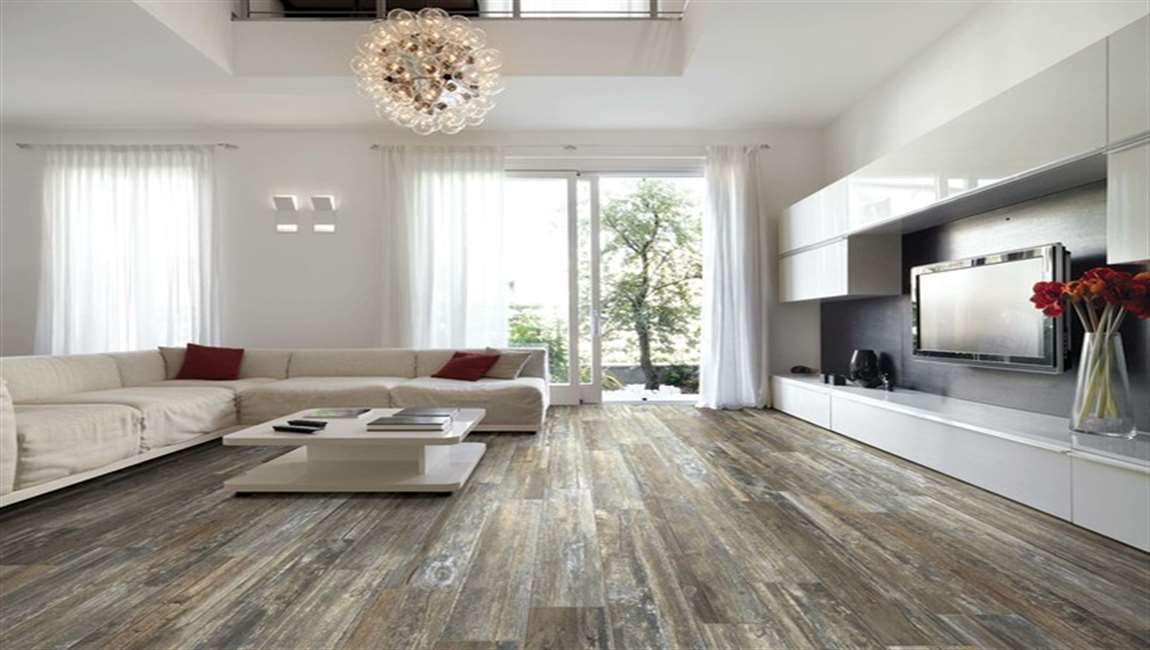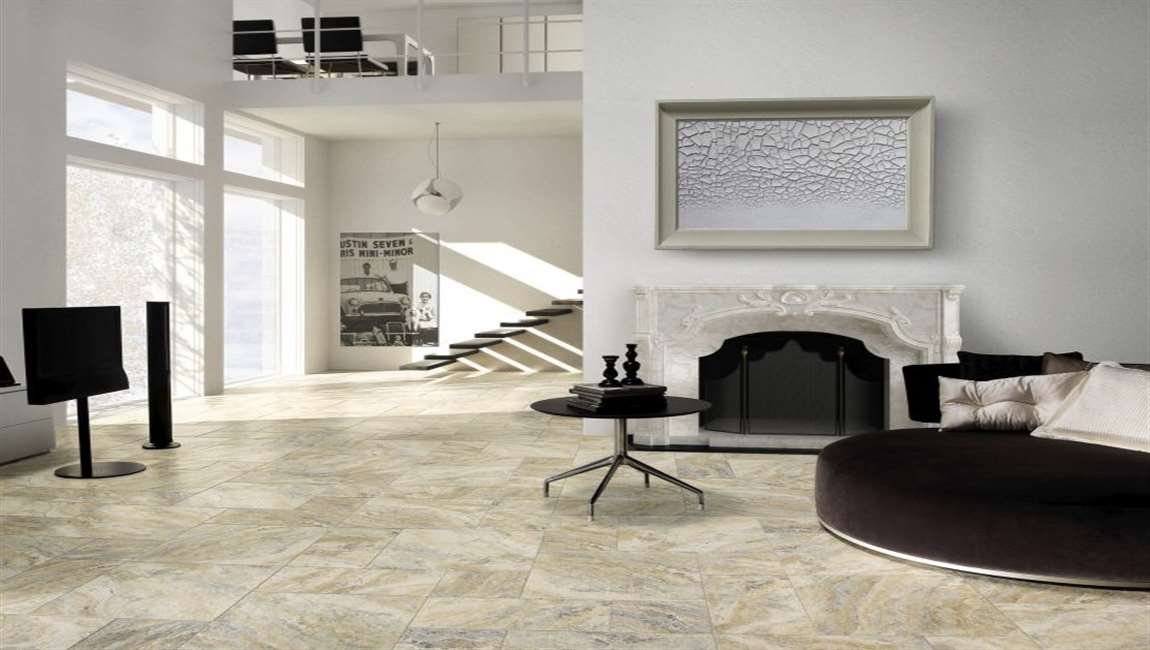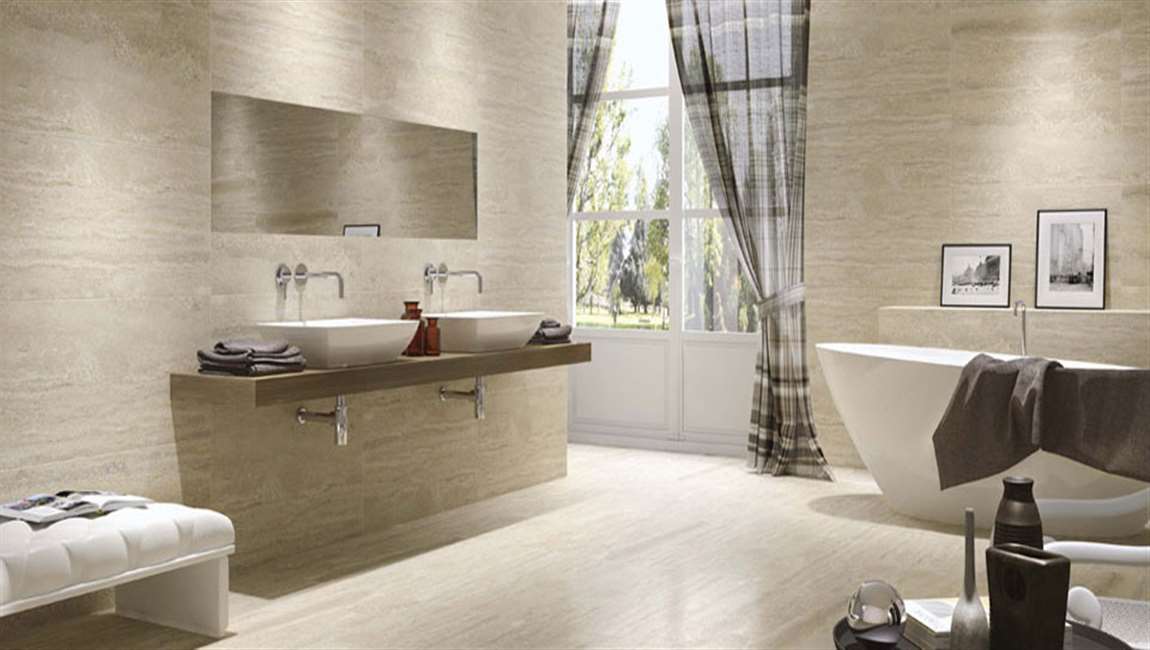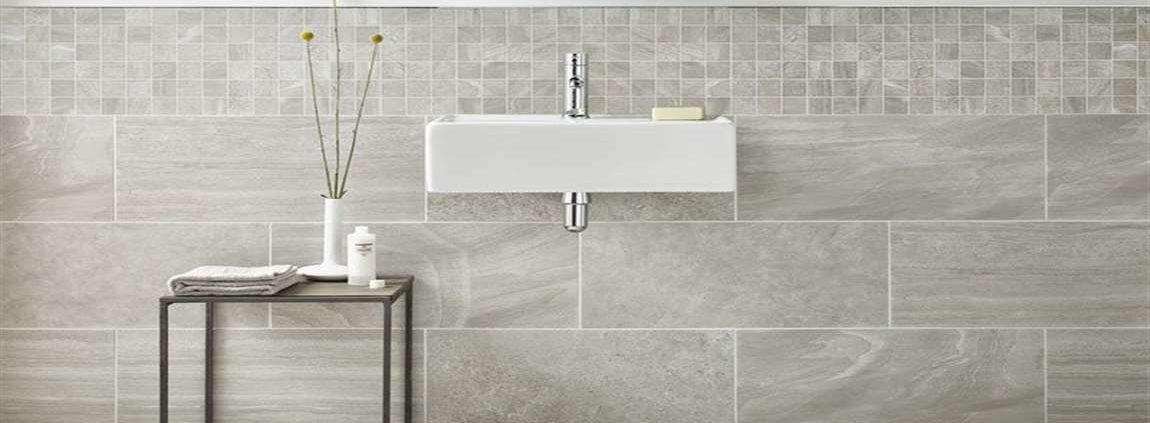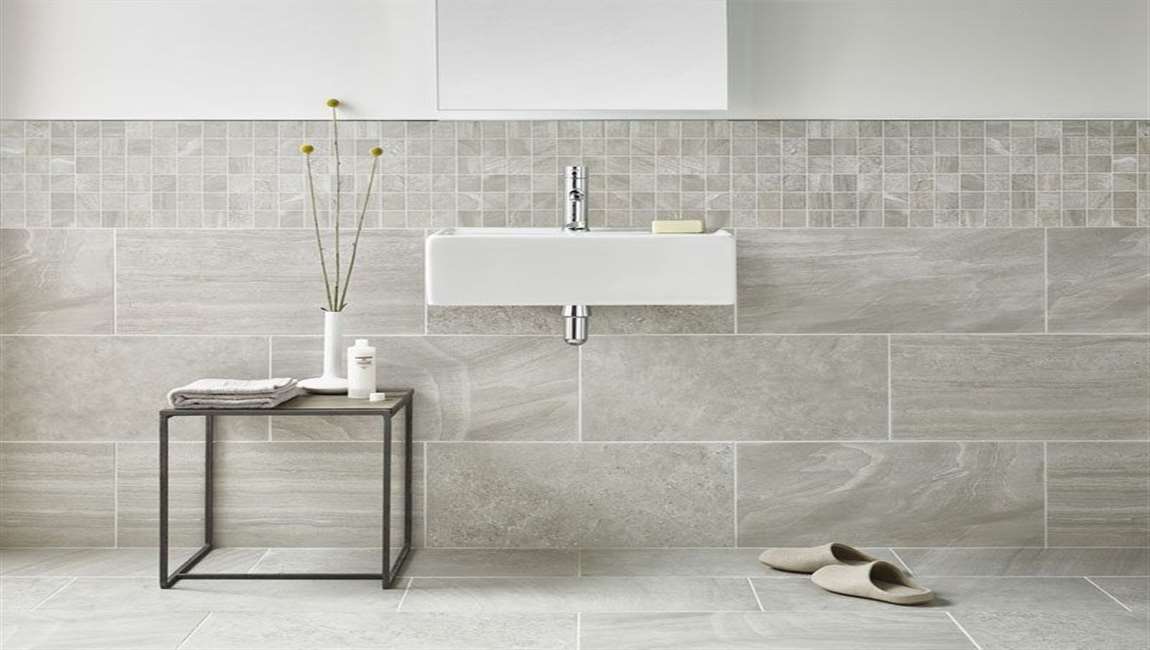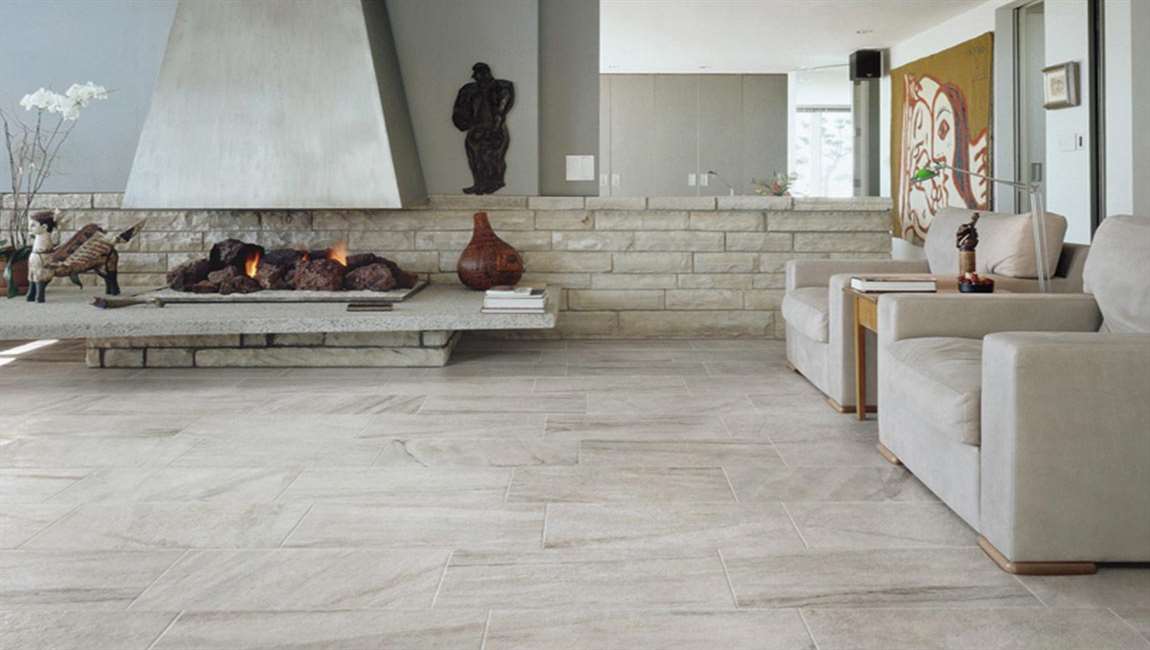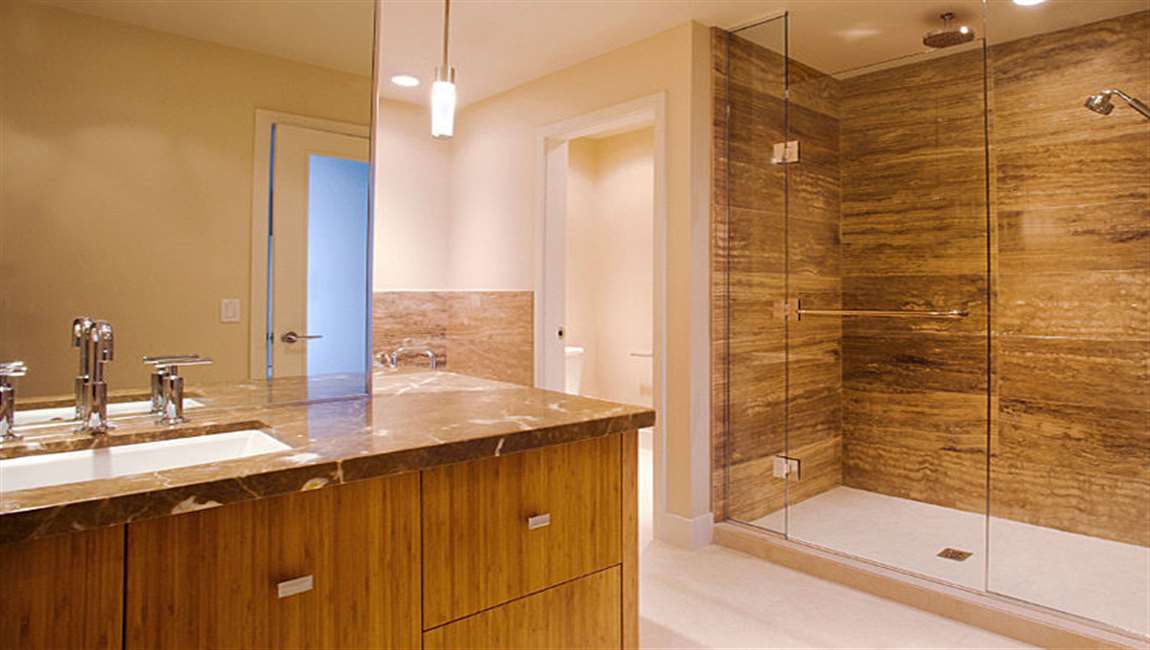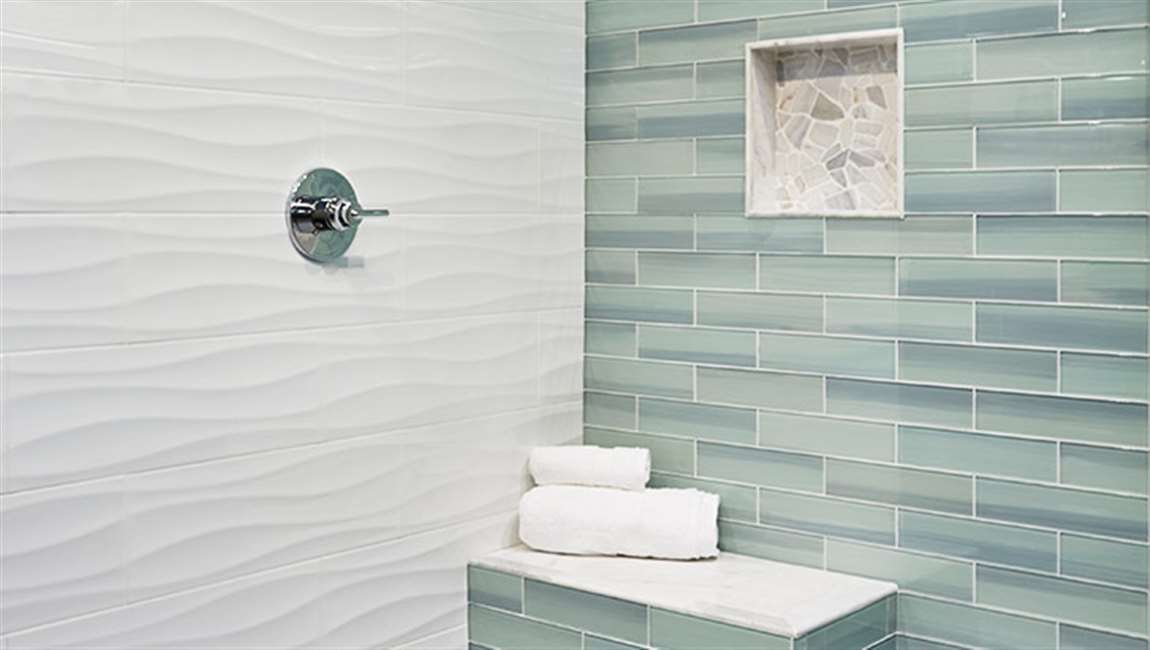How Pressure Washing Your Pool Tiles?
Rent a pressure washer from your local hardware store. Choose a steam pressure washer with a PSI of 2000 to 2600 and one that can reach a temperature of at least 300 degrees Fahrenheit (149 degrees Celsius). The pressure and temperature will enable you to clean your pool tiles quickly and effectively. With steam pressure washers, you do not need to pretreat the tile with chemicals or detergents.
Remove debris around the pool. Debris such as branches, leaves, twigs, and trash should be swept up and removed before using the pressure washer. Also remove lose furniture and objects that can be easily swept away such as plants, pool equipment and toys, lawn furniture, grills, and other lose objects.
Test a small area first. Set the machine according to the manual’s instructions. Start with a low setting and the least powerful nozzle first. Pick an inconspicuous spot and stand at least three feet away from it. Spray the area for 30 seconds. After 30 seconds, stop and check the spot to make sure the surface is not damaged.
Make sure all the outlets, inlets, and accessories are perfectly connected and secured before turning the pressure washer on. For your safety, make sure to wear safety goggles, close-toed shoes, and protective clothing that can get wet. Wash your pool in sections. Turn the pressure washer up to a higher setting, for example 2000 to 2600 PSI at 200 degrees Fahrenheit (93 degrees Celsius), and begin washing the pool in small sections.
Use the washer’s wands and attachments to reach tight corners and crevices when you need to. If you are having a tough time removing the scaling from the spots tiles, then turn the temperature up to 300 degrees Fahrenheit (149 degrees Celsius). Remember to stand at least three feet away.

